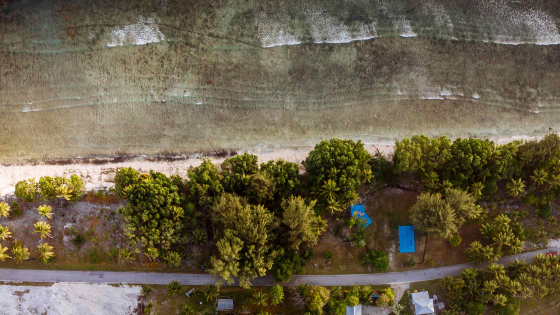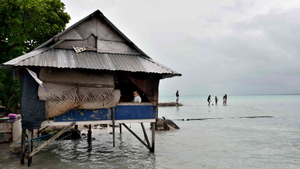Pacific Response to Disaster Displacement Project

The project
"We need to recognise that disaster displacement lasts well beyond the emergency response phase of a crisis. It is a cross-cutting issue, affecting many other aspects of national development, such as the economy, health, education and human rights. The knowledge, evidence and tools generated through this project will support national and local government authorities to draft and adopt improved policies, design more effective prevention and response plans, and update early warning systems."

Ambassador Nazhat Shameem Khan, Permanent Representative of the Republic of Fiji to the United Nations in Geneva
What we do
The partnership




